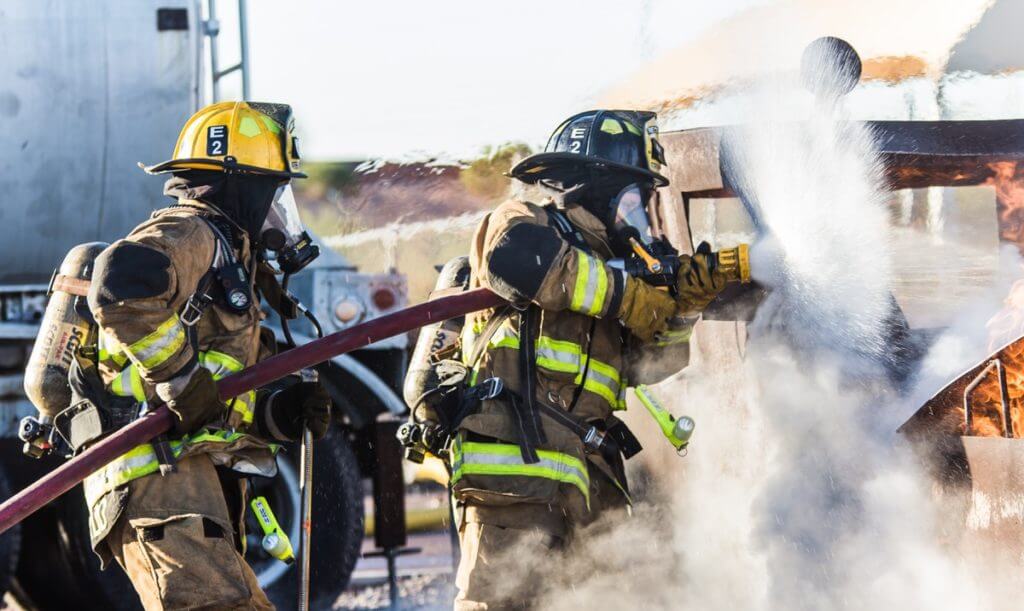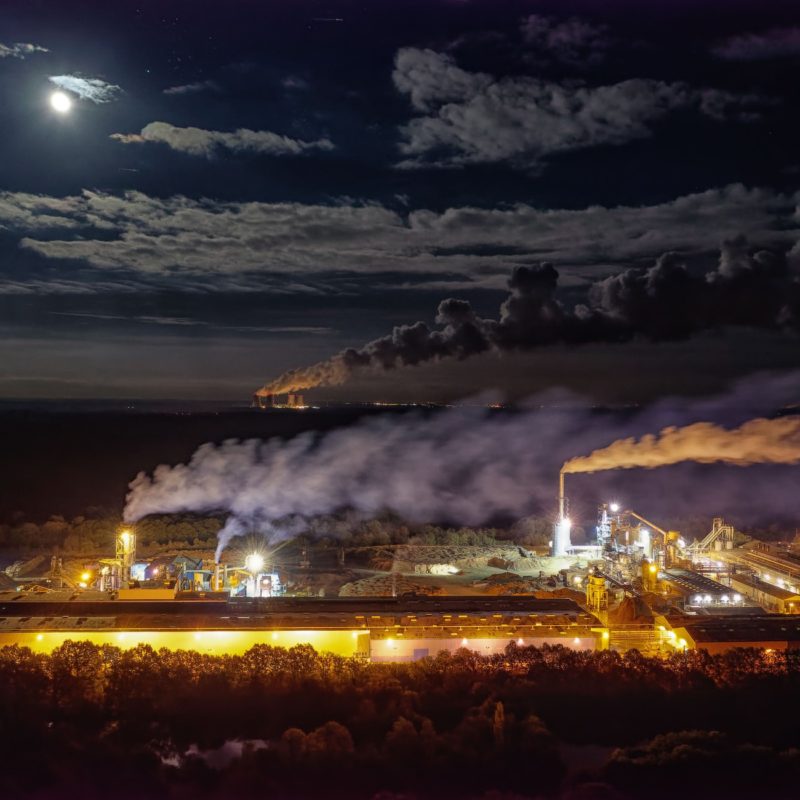What is fire water runoff containment?
Industrial fires involving flammable liquids can require large volumes of firefighting foams, which could potentially be harmful to the environment. When this is mixed with other chemicals and has a pathway off-site, this can lead to a Major Accident to the Environment (MATTE). Managing fire water runoff through on-site containment is a legal requirement for operators, and should be in-line with the CIRIA C736 Code of practice (Containment systems for the prevention of pollution; secondary, tertiary and other measures for industrial and commercial premises).
Ashfield’s team of highly experienced flood risk and environmental consultants are well versed in managing the expectations of environmental regulators such as the Health and Safety Executive (HSE) and Environment Agency (EA). We understand the huge variation in site layouts, operations and risks that can exist when trying to manage fire water runoff. Our wealth of experience has led us to being able to offer a comprehensive service, which can be tailored for each individual site and client requirements.





